A Florida water garden typically incorporates various elements to create a serene and beautiful aquatic environment. Here are the key elements to consider when designing a water garden in Florida:
- Water Feature: The centerpiece of a water garden is, of course, the water itself. Whether it’s a pond, a pondless waterfall, or a decorative water basin, the water feature sets the stage for the entire garden. Choose a size and shape that fits your available space and complements the surrounding landscape.
- Aquatic Plants: Aquatic plants are essential for a Florida water garden, as they add beauty, help maintain water quality, and provide habitat for wildlife. Consider a mix of floating plants like water lilies and lotuses, submerged plants like anacharis or hornwort, and marginal plants like irises and cattails. Select plants that are well-suited to Florida’s climate and can tolerate both sun and shade.
- Fish and Wildlife: Adding fish, such as koi or goldfish, can enhance the liveliness and charm of a water garden. They also help control mosquito larvae and other pests. Additionally, the presence of wildlife like frogs, turtles, and dragonflies adds a touch of natural beauty. Ensure the water feature provides suitable habitat and consider providing hiding spots and areas for animals to bask.
- Filtration and Circulation: To maintain water quality and prevent stagnation, a filtration system and proper circulation are crucial. Install a suitable filter, such as a biological filter or a combination of mechanical and biological filtration, to remove debris and maintain water clarity. Consider adding a pump or fountain to circulate the water, preventing stagnation and providing aeration.
- Rockwork and Hardscaping: Incorporating rocks, boulders, and other hardscape elements around the water feature creates a natural and visually appealing look. Rocks can be used to create waterfalls, cascades, or stepping stones, adding texture and dimension to the water garden. Choose materials that blend well with the surrounding landscape and provide hiding spots for fish and wildlife.
- Lighting: Outdoor lighting enhances the ambiance of a water garden, allowing you to enjoy the beauty of your garden even during the evening hours. Consider adding landscape lighting around the water feature, highlighting key elements such as waterfalls, plants, or pathways. LED lights are energy-efficient and can create stunning effects when strategically placed.
- Seating and Relaxation Areas: Designate seating areas or patio spaces around the water garden to provide a place for relaxation and enjoyment. Consider adding benches, outdoor furniture, or a pergola to create a cozy retreat where you can sit back, unwind, and enjoy the tranquil atmosphere.
- Water Conservation and Mosquito Control: Given Florida’s climate, it’s important to consider water conservation and mosquito control measures. Incorporate water-saving features like a recirculating system, rainwater harvesting, or the use of native plants that require less water. Implement mosquito control strategies such as mosquito larvae-eating fish, mosquito dunks, or natural repellents to keep mosquito populations in check.
By incorporating these key elements into your Florida water garden, you can create a captivating and harmonious oasis that harmonizes with the surrounding environment while providing a tranquil and inviting space for relaxation and enjoyment.
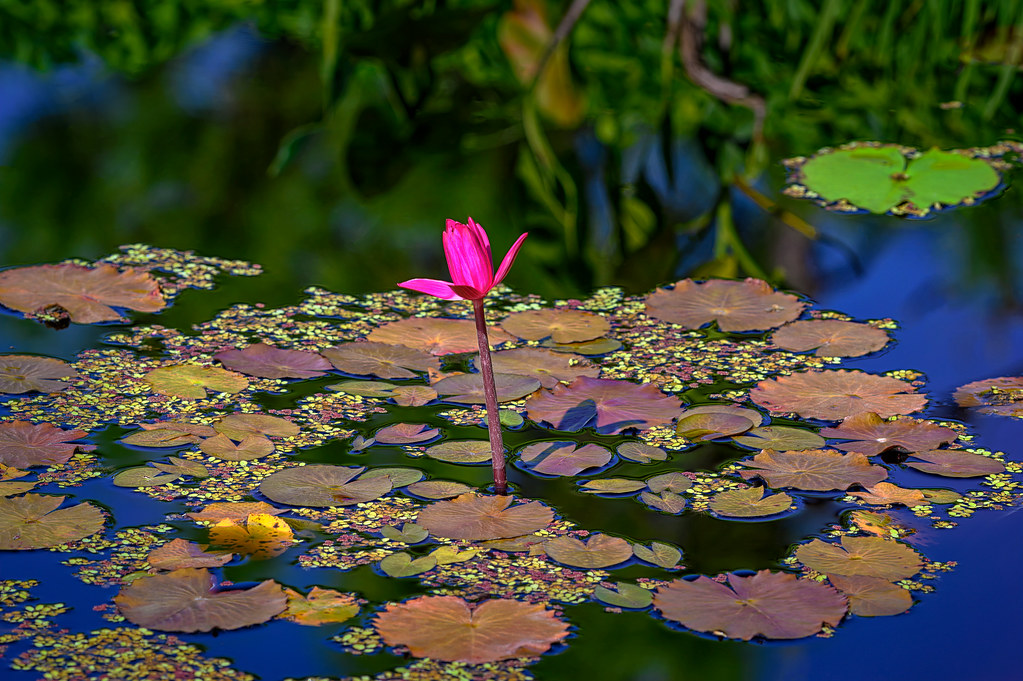
How Much Space do I Need for a Florida Water Garden?
The amount of space required for a Florida water garden can vary depending on various factors, including the size and type of water feature you desire, the number and size of aquatic plants, and any additional elements you plan to incorporate. Here are some general considerations regarding space requirements for a Florida water garden:
- Water Feature Size: The size of your water feature will largely determine the space needed. For a small pond, you may need a minimum area of around 6 feet by 8 feet (1.8 meters by 2.4 meters), while larger ponds can require much more space. Pondless waterfalls or decorative water basins can be suitable for smaller spaces.
- Planting Area: Aquatic plants play a significant role in a water garden and require space for growth. Depending on the species and variety, you’ll need room for floating plants, submerged plants, and marginal plants around the edges. Consider the spread and growth habits of the plants you choose to ensure they have ample space to thrive.
- Surrounding Landscape: Take into account the surrounding landscape when planning your water garden. Ensure there is enough space between the water feature and any existing trees, structures, or pathways. Consider the overall aesthetics and balance with the surrounding garden and choose a location that allows the water garden to be a focal point without overwhelming the space.
- Accessibility: It’s important to have enough space around the water garden for maintenance and accessibility. You’ll need to access the water feature for cleaning, pruning plants, and adding fish or other elements. Leave sufficient space around the edges and consider pathways or stepping stones to navigate the area comfortably.
- Local Regulations: Before starting your water garden project, it’s essential to check local regulations and codes that may specify minimum distance requirements from property lines or other structures. Ensure you comply with any restrictions and obtain any necessary permits or permissions.
It’s worth noting that water gardens can be customized to fit a variety of spaces, from small patio gardens to more expansive yard areas. If you have limited space, consider opting for smaller-scale water features or container gardens with appropriately sized aquatic plants. This way, you can still enjoy the beauty and tranquility of a water garden in a more compact setting.
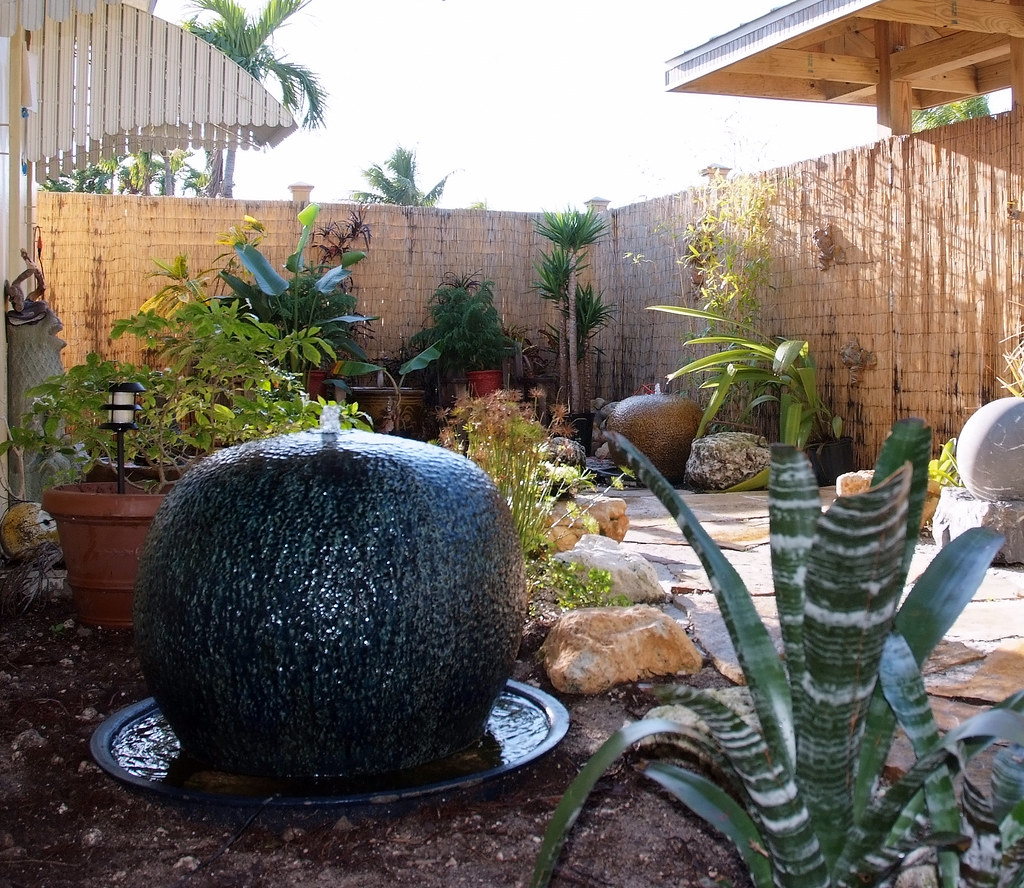
What are the Best Plants for a Florida Water Garden?
A Florida water garden offers an ideal environment for a variety of aquatic and semi-aquatic plants. Here are some popular plant choices that thrive in Florida’s climate and can enhance the beauty of your water garden:
- Water Lilies (Nymphaea spp.): Water lilies are iconic water garden plants known for their stunning blooms. They come in various colors, including white, pink, yellow, and red. Water lilies prefer still or slow-moving water and require full sun for optimal growth and blooming. They add beauty and provide shade to the water, benefiting both fish and other aquatic life.
- Lotus (Nelumbo spp.): Lotus plants are visually striking and have large, elegant flowers that come in different colors. They thrive in warm climates like Florida and require full sun. Lotus plants are best suited for larger water gardens due to their vigorous growth habits. They can spread across the water surface and add a tropical flair to your garden.
- Arrowhead (Sagittaria spp.): Arrowhead plants are perennial aquatic plants that grow in shallow water or moist soil around the edges of a water garden. They feature arrow-shaped leaves and produce white or yellow flowers. Arrowheads are excellent for providing natural filtration, stabilizing the pond’s edges, and attracting wildlife.
- Pickerelweed (Pontederia cordata): Pickerelweed is a native Florida plant with vibrant blue-purple flowers. It thrives in wetland environments and can be planted along the edges of a water garden or in shallow water. Pickerelweed provides vertical interest and attracts pollinators like bees and butterflies.
- Horsetail (Equisetum hyemale): Horsetail is a unique plant with upright, jointed stems that resemble bamboo. It can be grown in submerged or partially submerged conditions in a water garden. Horsetail adds a textural element and creates a vertical accent in the garden.
- Water Hyacinth (Eichhornia crassipes): Water hyacinth is a floating plant that has attractive lavender-blue flowers and glossy green leaves. It floats on the water surface, providing shade and reducing algae growth. However, please note that water hyacinth is considered an invasive species in some areas, so check with your local authorities before introducing it into your water garden.
- Dwarf Papyrus (Cyperus isocladus): Dwarf papyrus is a smaller version of the tall and graceful papyrus plant. It thrives in shallow water and adds a touch of elegance with its tufted, umbrella-like foliage. Dwarf papyrus prefers full sun but can tolerate some shade.
These are just a few examples of plants that can thrive in a Florida water garden. Remember to consider the specific growing conditions of your water garden, such as sunlight exposure, water depth, and the presence of fish or other aquatic life, when selecting plants. Additionally, always ensure that any plant choices comply with local regulations regarding invasive species.
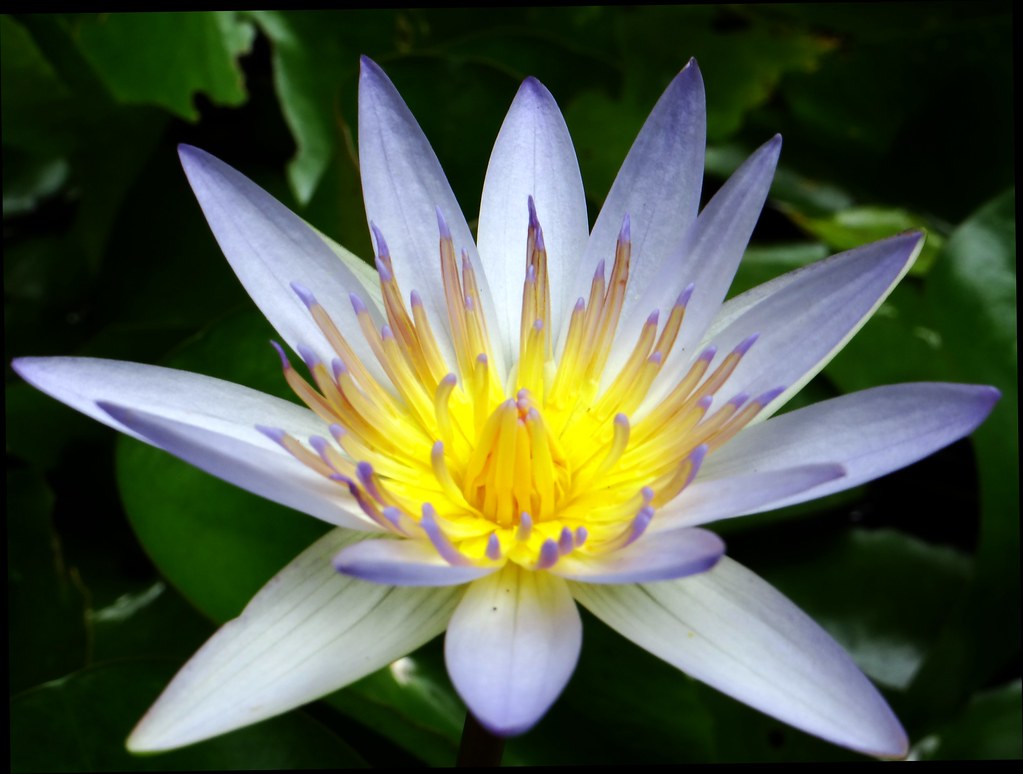
Florida Water Lily
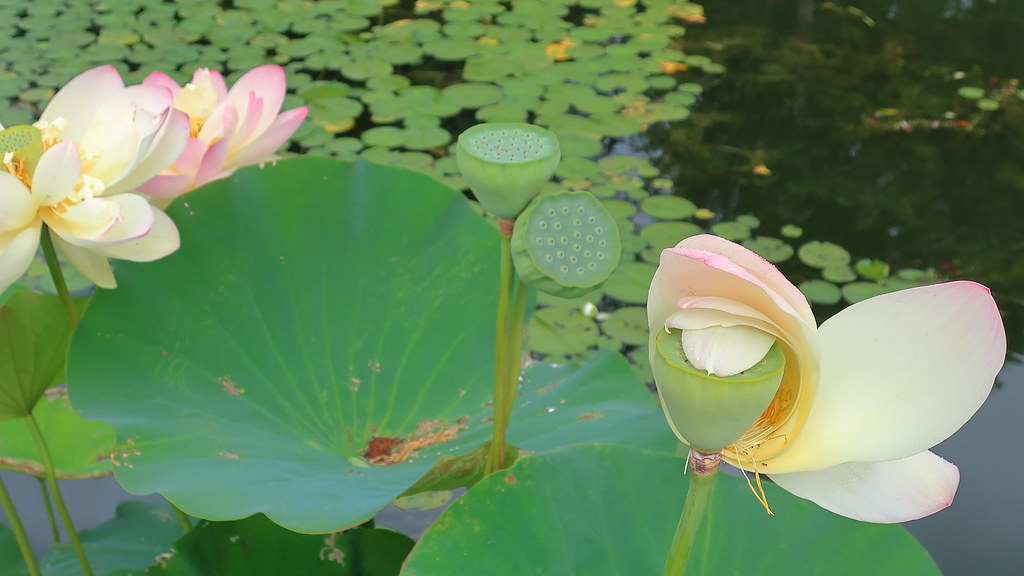
Florida Lotus
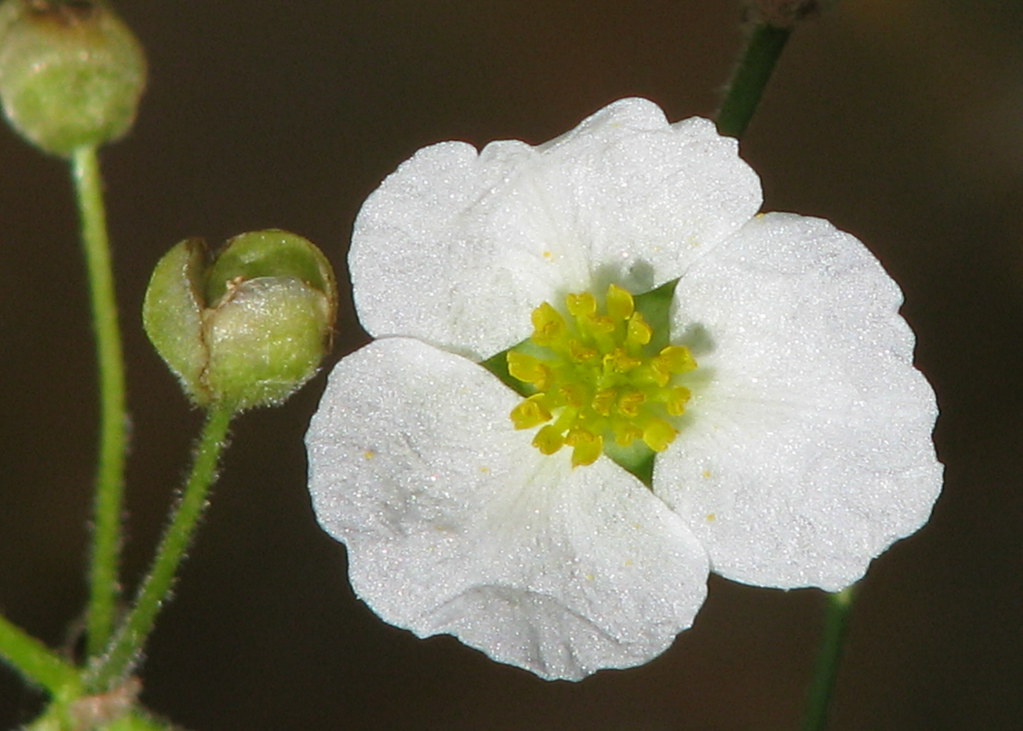
Florida Arrowhead
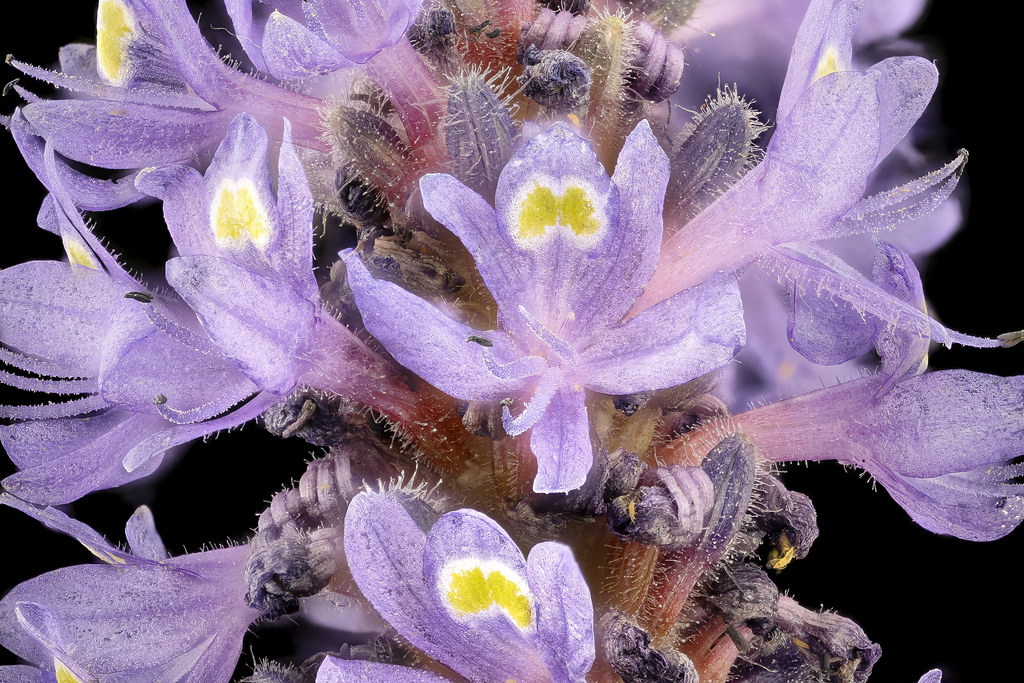
Pontederia cordata, Pickerelweed
